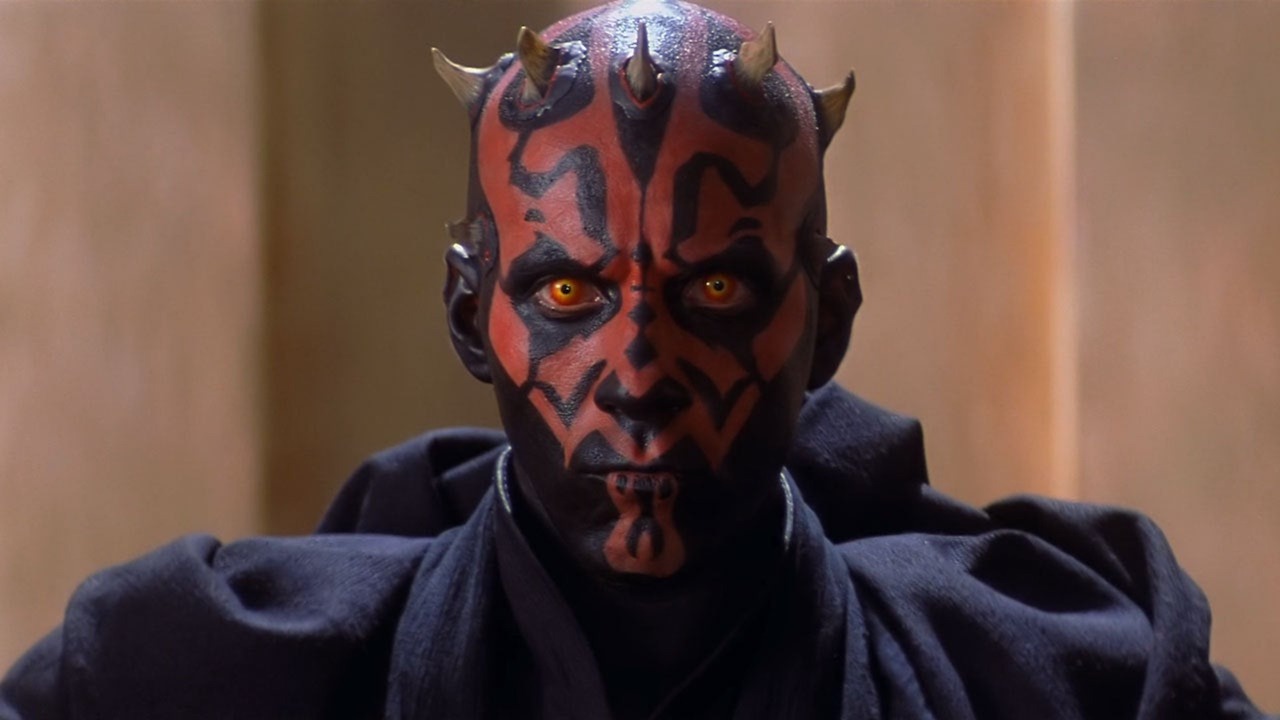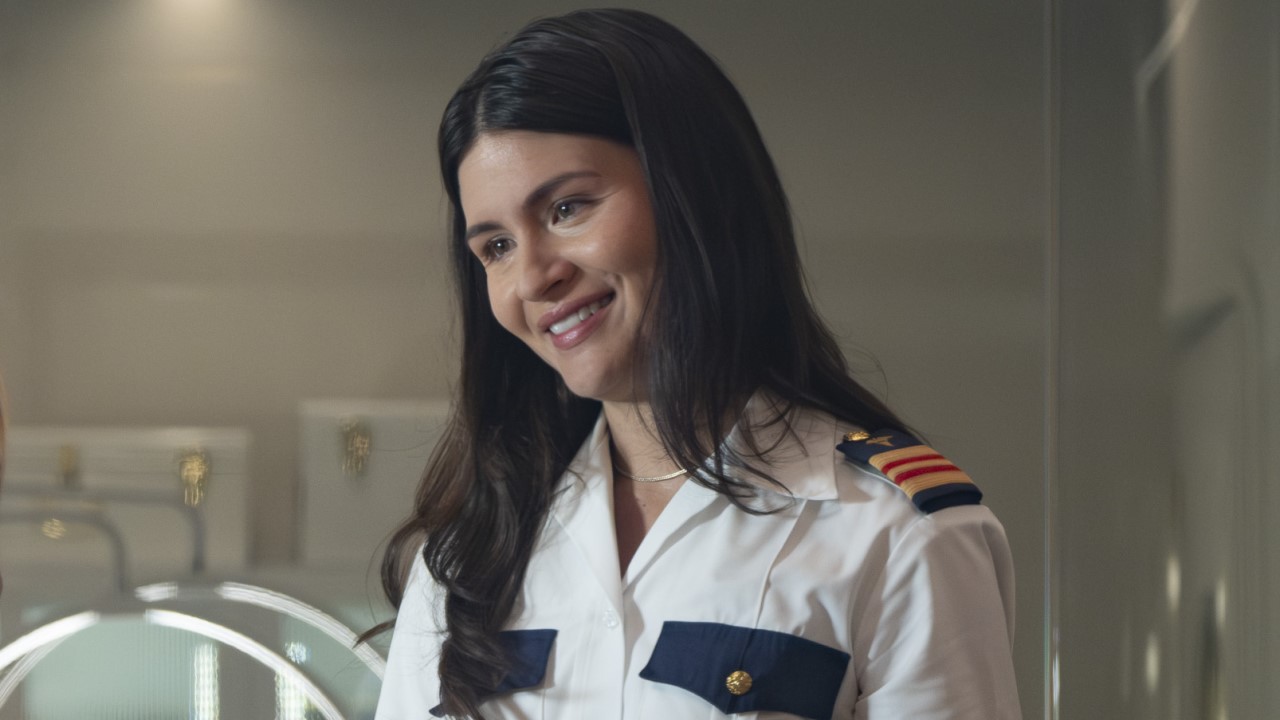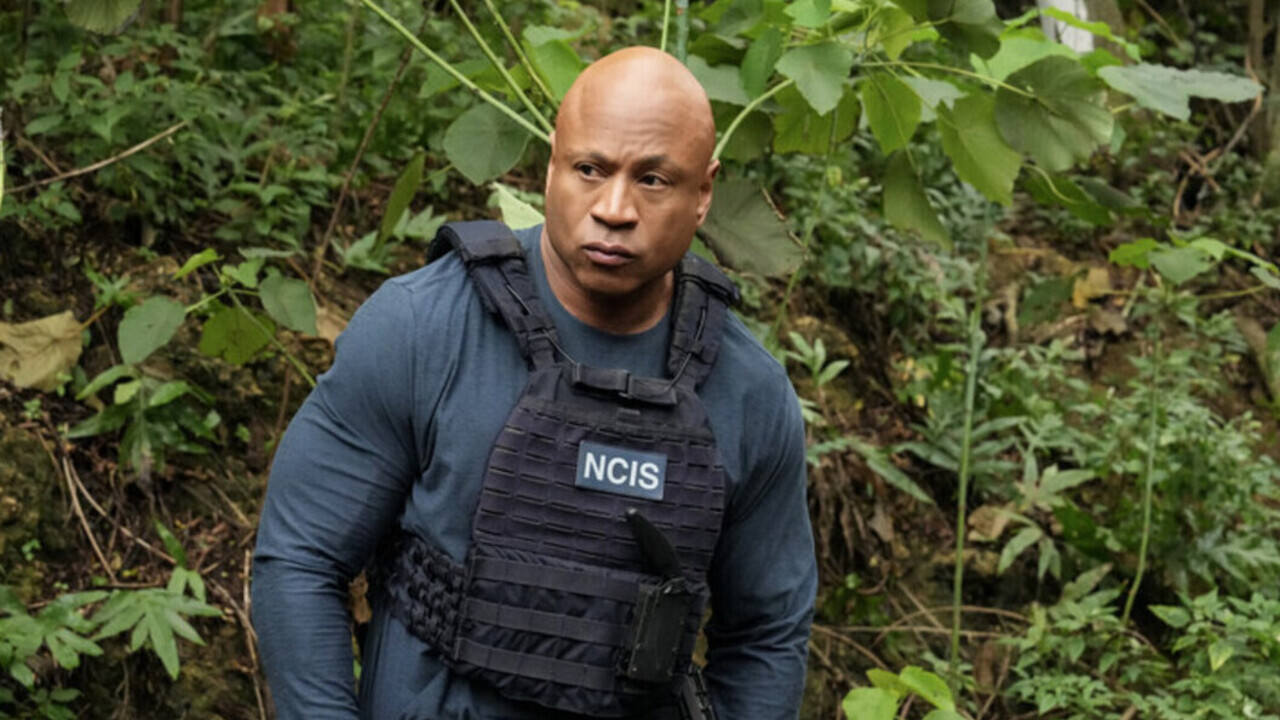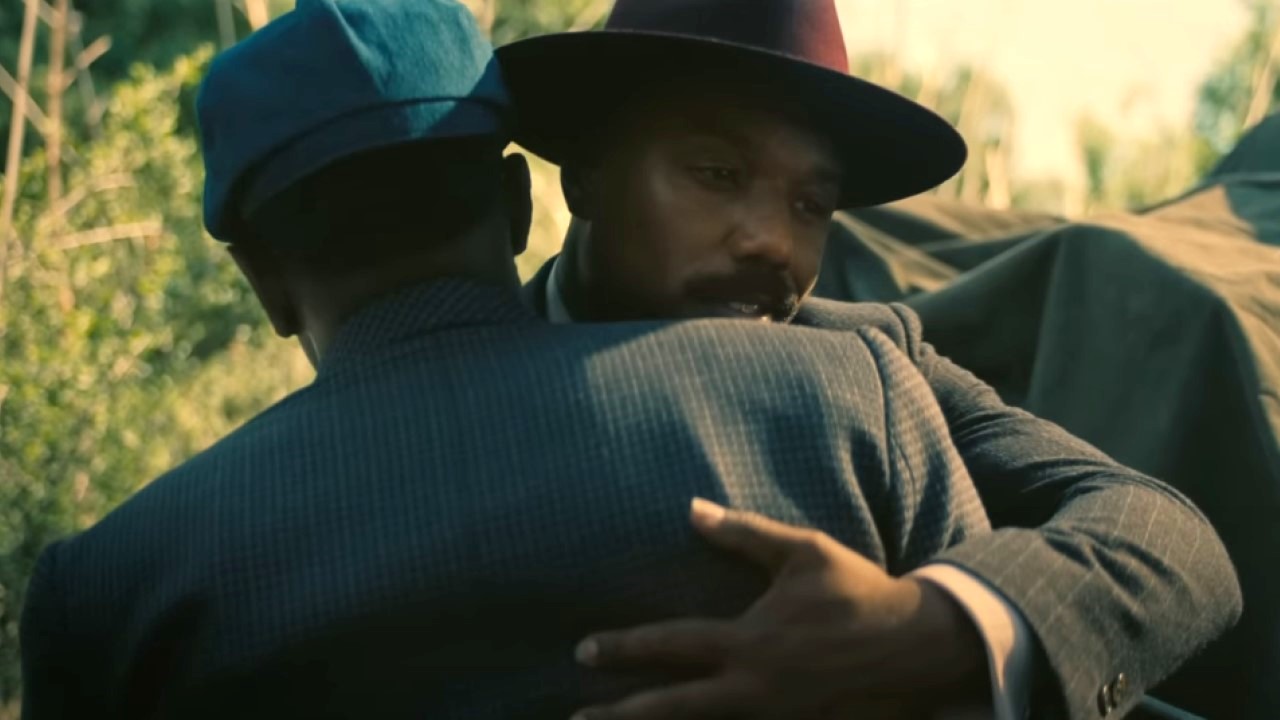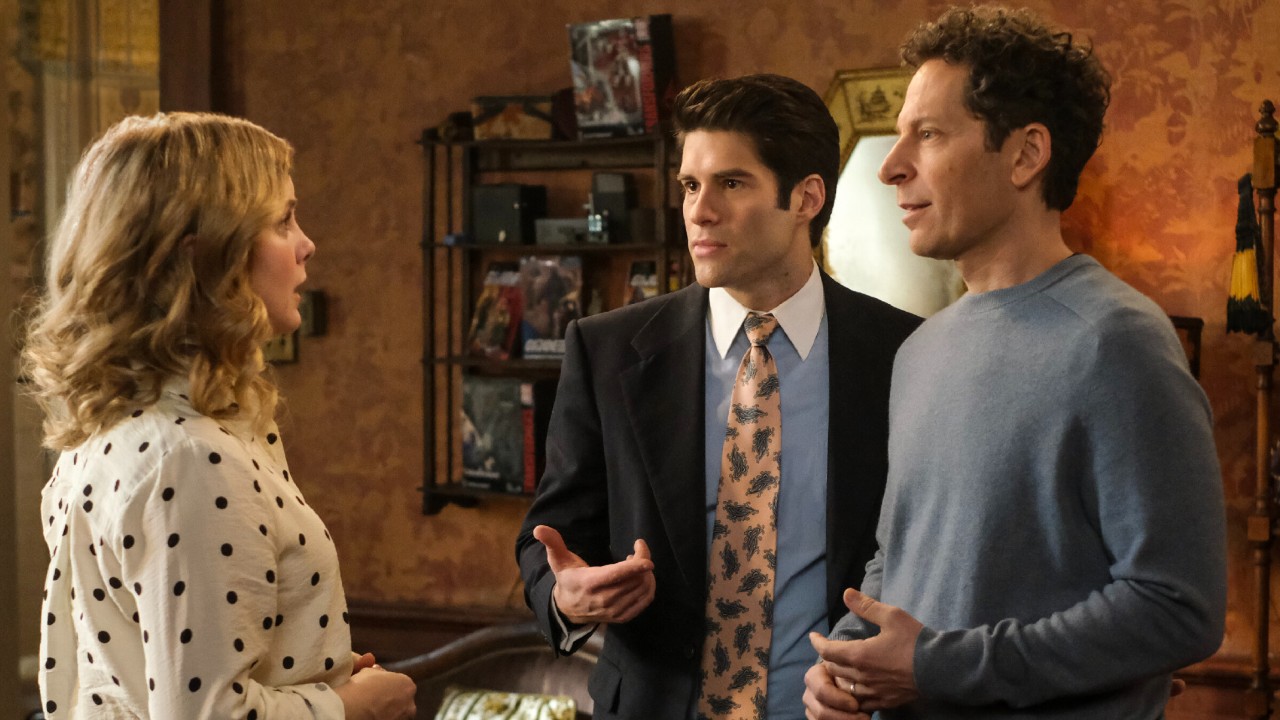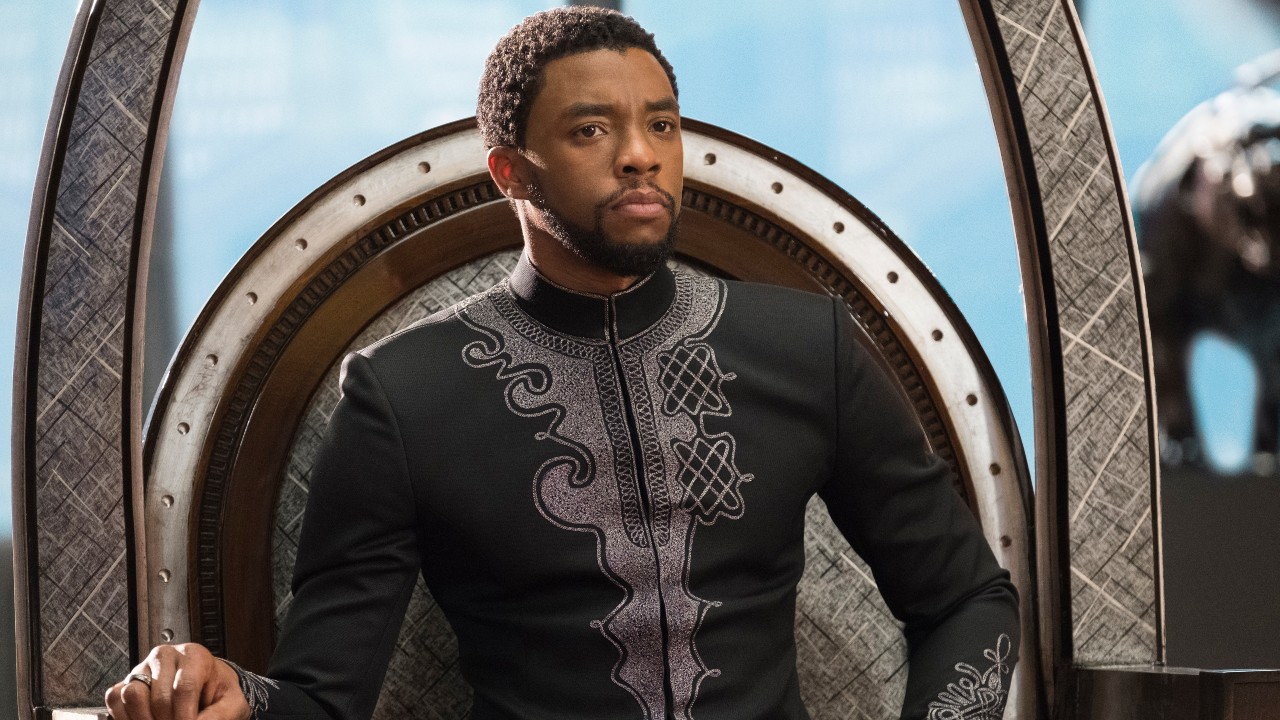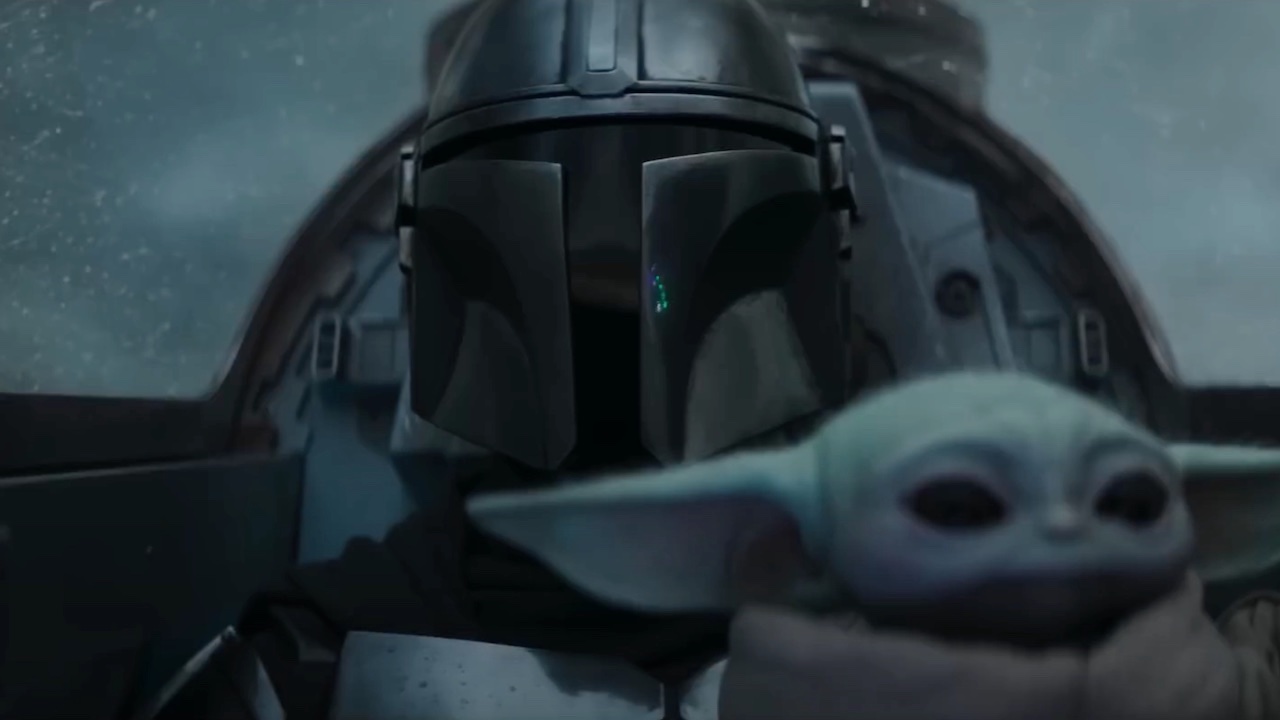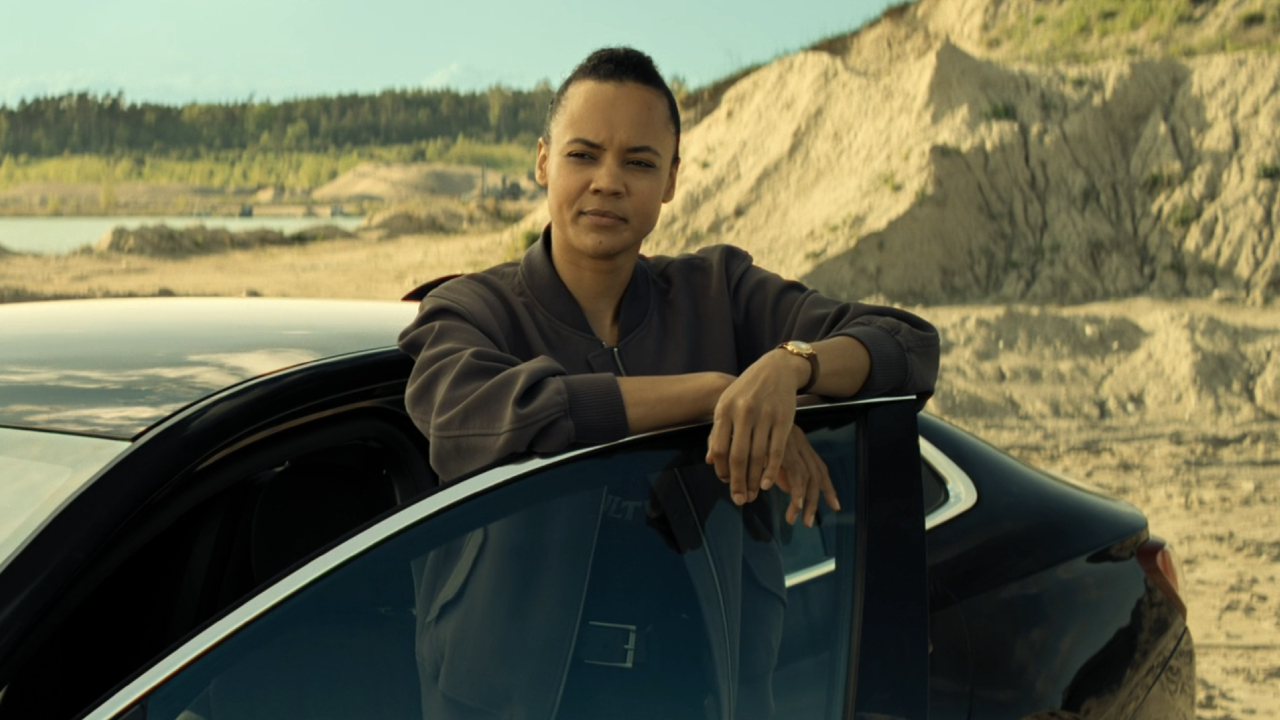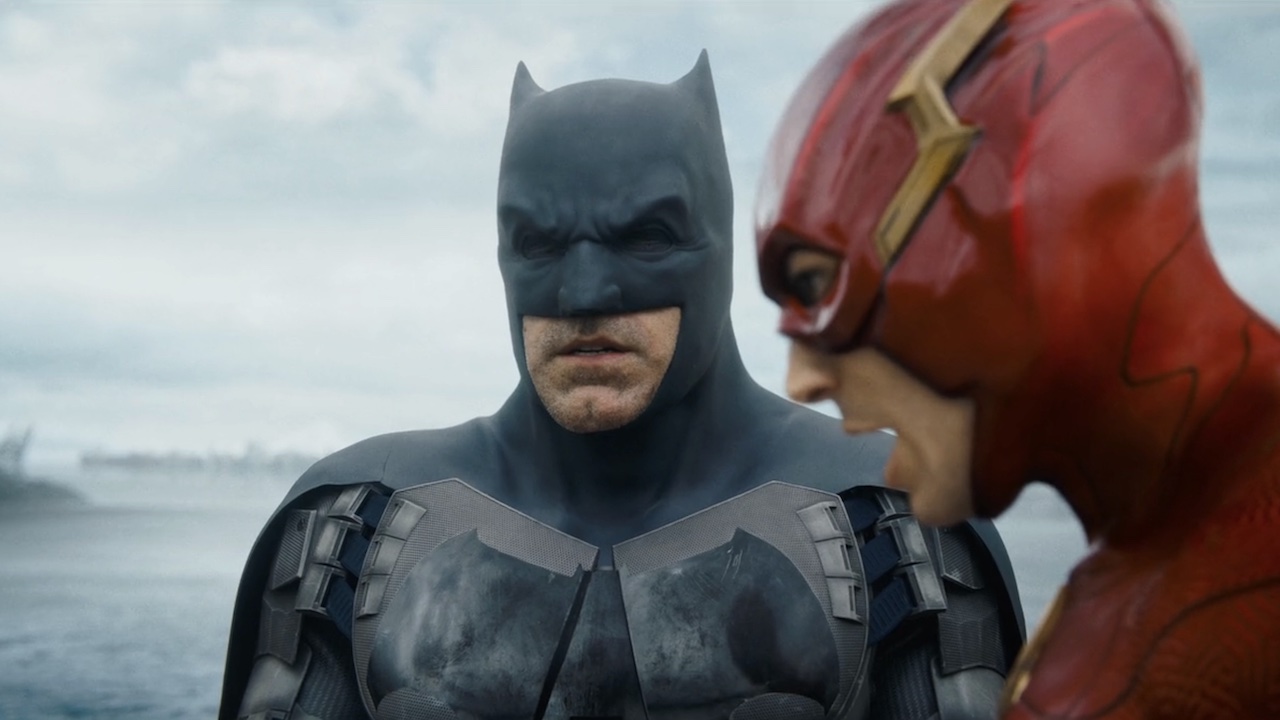To 3D Or Not To 3D: Buy The Right Blade Runner 2049 Ticket
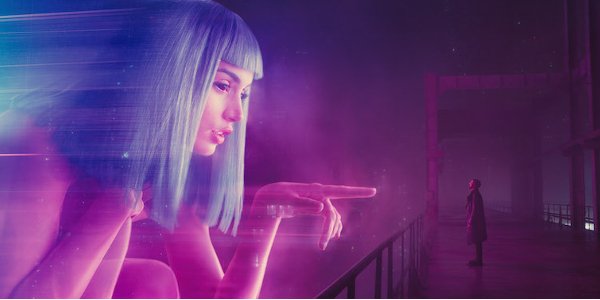
In 1982, Ridley Scott delivered a visionary film that captured the hearts and minds of sci-fi purists everywhere, known as Blade Runner. Decades passed, with the story standing on its own two feet, but fans knew there was a world's worth of future exploration to be had. Now, 35 years later, the world of Replicants and humans has returned in an exciting new sequel. This isn't called Blade Runner 2. It's called Blade Runner 2049, and believe it or not, it's in 3D.
Which means it's time for us to see if Denis Villeneuve's would-be blockbuster is worth a couple extra dollars, or if the 3D conversion is as noticeable as tears in rain. If you're looking for a proper review on Blade Runner 2049 itself, you'll need to look elsewhere. But if you're eager to see if 3D is the way to go with this latest trip into the future, then prepare to answer that big question that's always on our minds: to 3D, or not to 3D?
3D Fit Score: 5/5
It might not seem like it, but Blade Runner 2049 is a perfect candidate for the more artistic side of 3D film making. Rather than acting like a film that just wants to throw things in your face, it uses the full spectrum of three-dimensional imagery to enhance the images that are being displayed. While there's some action scenes that really take advantage of this aspect of the film, there's also plenty of sci-fi flourishes that take advantage of the format.
Planning & Effort Score: 5/5
If you want to know how Blade Runner 2049 stands out from most other films, Roger Deakins' cinematography is a good indicator as to how. But if you need something a little extra, take this into account: the man himself personally oversaw the 3D conversion process of his 2D-shot film! That extra love and care shows in the film, as even in the darkest moments, the film's images manage to embody the eye-popping nature of 3D. This is one of the tightest 3D jobs we've seen in quite some time.
Before the Window Score: 5/5
When the action cranks up in Blade Runner 2049, it definitely throws the 3D into overdrive. Explosions scatter debris, guns are thrust out of the screen at the audience, as well as the characters they're aimed at, and even the cast members manage to pop out of their environments. There is a clear sense of spacial reasoning, as characters, objects, and layers of environments are all extremely well defined, while not just existing to pop out at the audience.
Beyond the Window Score: 5/5
Much like objects flying out of the screen, the inner depths of a 3D film's picture is very important. And much like its opposite number, looking at the beyond window landscape is a pretty sight to see when watching Blade Runner 2049. In particular, a big showdown with two characters towards the middle of the film is a fine example of conveying the depth of the picture being shown. Hallways look properly distant and cavernous. and the fantastic spacial reasoning the film exhibits once again showcases just how deep the picture goes.
Brightness Score: 3/5
A light that burns twice as hard burns half as long, but brightness is a major component that can always use some extra oomph when watching a film like Blade Runner 2049 from behind black-tinted spectacles. Unfortunately, the brightness in the picture was a bit underwhelming, as there's a good amount of dark shots in the film that came across as hard to watch with said glasses. Though your mileage may vary in this department, as theaters tend to skip calibrating their rigs properly between 2D and 3D showings, but all we can review is our personal experience when checking Blade Runner 2049 out.
CINEMABLEND NEWSLETTER
Your Daily Blend of Entertainment News
Glasses Off Score: 5/5
During a 3D presentation, you might need to take your glasses off for brief periods during the film. Should you remove your specs during the show, you'll usually notice a blurry effect to the picture. Usually, the more blur there is, the better the 3D is, considering that blur is an indicator of just how much the image is being manipulated to portray a three dimensional picture. In the case of Blade Runner 2049, that blur is very well represented in all aspects of the frame. Even in close up shots, where other films would tend to have a more forgivable 2D look that anchors down the rest of the frame, there's subtle blur that helps enhance the facial features of the actors.
Audience Health Score: 4/5
The one factor that took the audience health factor down a notch was the lack of brightness to the overall picture in Blade Runner 2049. The darker the picture in a 3D movie, the more it tends to strain the eyes while watching. This causes a couple of the effects to wonk out just a bit, but for the most part, the film's picture quality won't cause you too many problems. Your stomach will have no problem enjoying this ride.
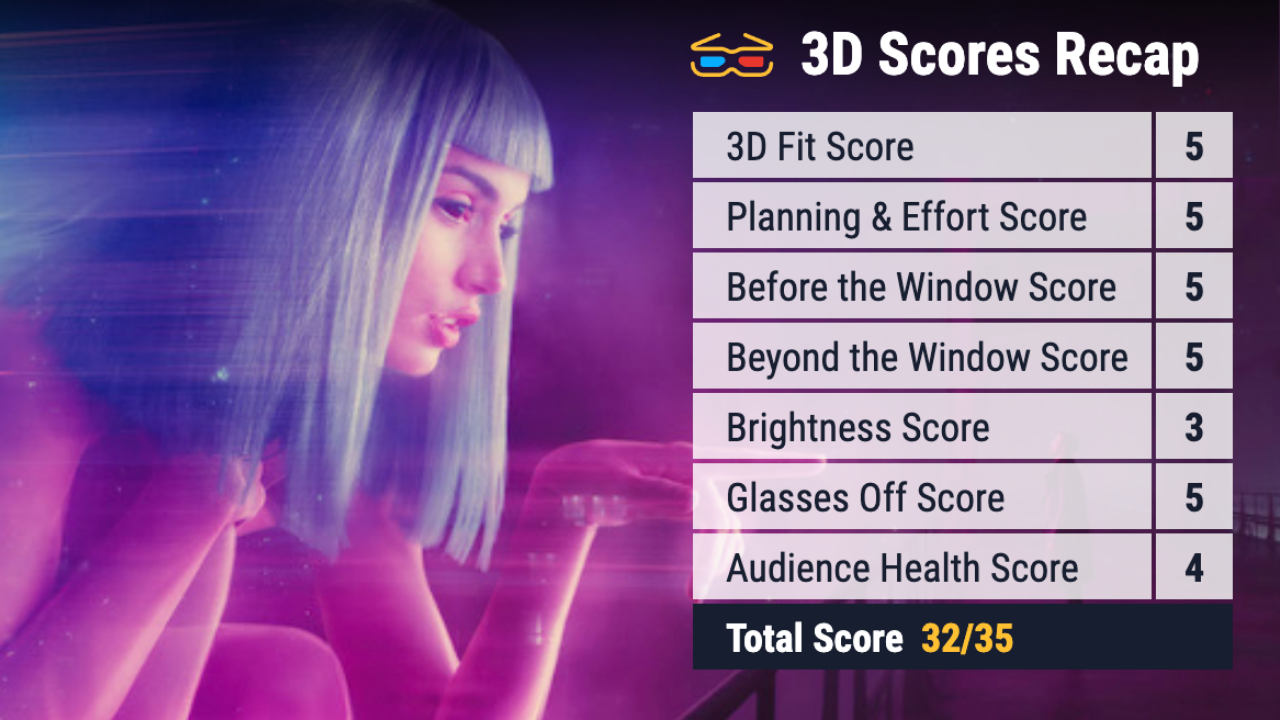
Blade Runner 2049 is, quite frankly, a damned fine sight in 3D. IMAX picked a hell of a time to distance themselves from the format, as the mix of large format visuals and superb 3D conversion would have made for an absolutely stunning combo. But even just in standard 3D, Denis Villeneuve and Roger Deakins have created a 3D spectacle that has to be seen to believed. Your eyes should see what ours have seen in 3D.
Click to visit our full To 3D Or Not To 3D Archive.
This poll is no longer available.

Mike Reyes is the Senior Movie Contributor at CinemaBlend, though that title’s more of a guideline really. Passionate about entertainment since grade school, the movies have always held a special place in his life, which explains his current occupation. Mike graduated from Drew University with a Bachelor’s Degree in Political Science, but swore off of running for public office a long time ago. Mike's expertise ranges from James Bond to everything Alita, making for a brilliantly eclectic resume. He fights for the user.
